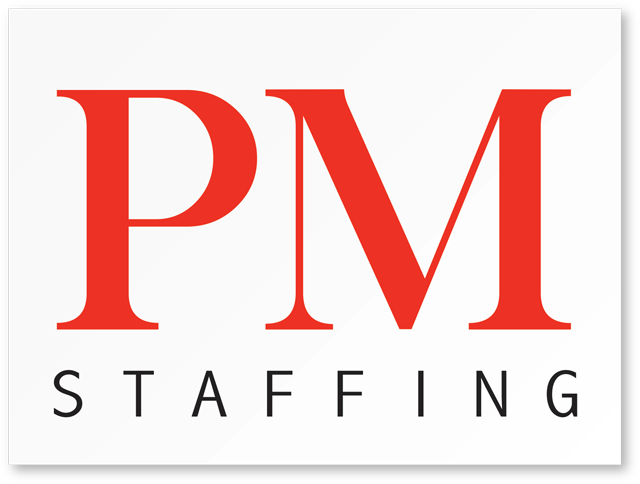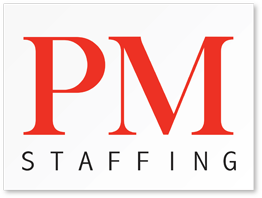Do you remember those infomercials for the Ronco Showtime Rotisserie Oven? Ron Popeil convinces millions of people that they needed to buy this even because it made all of your food delicious, nutritious, juicy, tender and healthier. The best part of the Showtime Rotisserie oven was that all you had to do was place the food in the oven and then you (repeat after me now)…
JUST SET IT-AND FORGET IT!
While this approach may make your roast chicken taste better than if you simply baked it in the oven, “Set It and Forget It” doesn’t always work so well at work, especially if you’re using temporary associates.
Yet the truth is, don’t you often turn to temporary help in an urgent situation where you don’t have a lot of time, energy or resources-and you need help fast, just to help you get through the day?
So, when your PM Staffing associate walks in you may be tempted to say, “Here are the keys, here is a site map, the model is there, call me if you need me.” and hope that your associate knows what to do, how to do it, when to do it and to do it in the way that you want.
Every company, every community has a culture, a language, a way of doing things that “outsiders” do not know until they walk in the door. Sure, you could just have a “warm body” at the desk, but is that really what you want?
Help yourself by helping your temporary associates do their jobs well! It only takes a few minutes and the results are worth it!
One: Conduct a “Pre-Mission” Briefing
It’s important that your associate has a basic understanding of the community, the model and the processes you need him/her to follow. The purpose of the this briefing is to give your associate enough information (or where to access information) to be able to float without a lot of guidance, especially if s/he is alone on the sales floor, or if the office is very busy and other associates may not have the time (or want to spend the time) coaching the temporary associate.
Two: Set Proper Expectations
You want to be very clear about what you expect from your temporary associate and outline those expectations at your briefing. So if cell phone use is not allowed in the office, be sure your associate knows that – do not expect him/her to know it. If you want the associate to take a specific tour path to the model, answer the phone a certain way, or not to drink the office coffee, be sure to be clear about that.
Another area that I see tension with temporary associates and onsite teams is during “down time.” Are you okay with your temporary associate surfing the Internet when it’s slow, or do you need him to automatically work on other projects for you?
Three: Connect
Take time during the day to check in with your temporary associate to see how they’re doing, answer questions, provide corrective feedback and/or to provide encouragement. Even if they’re only there for the day, you can help make the environment happier and healthier for all by taking a little time to connect.
The Long Term Payoff
If you create an environment that makes it easier for temporary associates to succeed, you may find the same ones that you like, really like you and want to come back over and over again! Which means, there may come a time when you will be able to “Set it and forget it!” and enjoy the rewards!


